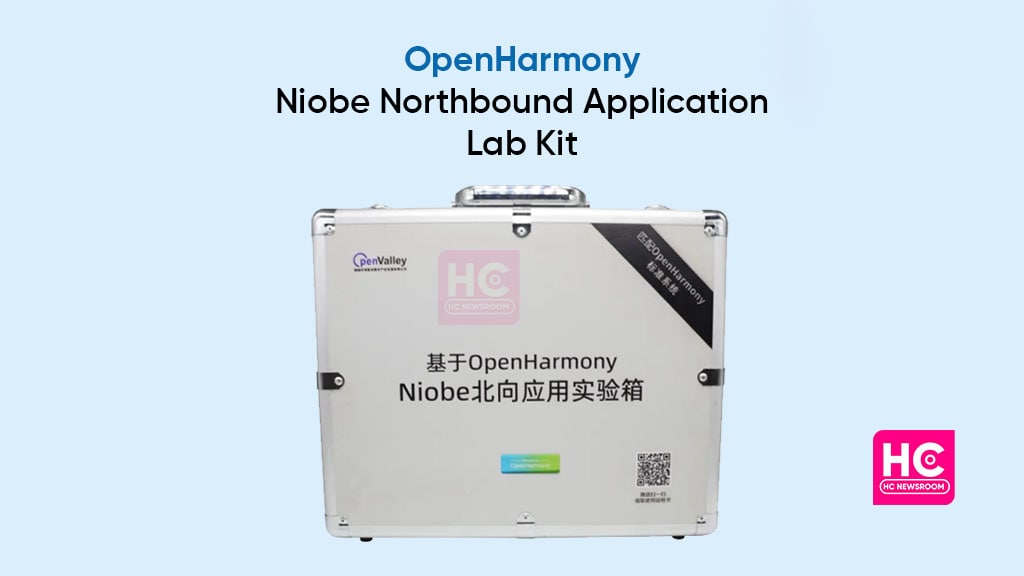HarmonyOS
Niobe Northbound Application Lab Kit passes OpenHarmony eligibility test

A new Niobe northbound application lab kit recently qualified for the OpenHarmony eligibility test. The latest input reveals that this new lab kit is a highly effective solution for educational sectors and provides a coherent teaching experience.
For your information, the latest application lab kit derives from Hunan Kaihong Zhigu’s digital industry. So far, a variety of products of the Kaihong cooperation passed the OpenHarmony verification. Now the company has brought a new product on the surface with thoughtful features.
As of now, the Niobe northbound application lab kit is compatible with the OpenHarmony 3.1.1 release version and has received the corresponding eligibility certificate.
Talking about the features, the new experimental lab kit is based on multi-purpose machine programming. Further, it works on four major aspects: smart office, smart agriculture, smart home, and smart transportation.
On the flip side, being an educational solution, the application lab kit brings 7 major teaching courses and materials on board. Besides, operators will also find 448 hours of video sessions, and more than 30 experimental situations and related cases.
Niobe application lab kit – overall teaching solution
In addition, the Niobe northbound application lab kit improves the following scenarios:
- Provides scientific and technological innovation learning
- New ideas for lesson preparation of teachers
- Helps in finding a scientific research topic
- Offers illustration and real-life examples for better interaction with the topic
- Enhances group learning scenarios
- Provides in-depth learning
Better than traditional teaching programs
Aside from the new facilities, the latest lab kit also eliminates many of the teaching problems. For instance, DevEco often results in dull computing power, time-consuming, and insecure connections.
However, the Niobe application lab kit with OpenHarmony integration delivers better performance and connections to users. Moreover, it uproots over finer virtual and multi-collaborative elements.
As a result, it is capable of supporting high-level languages, application development, and operations related to AI (Artificial intelligence), IoT (Internet of Things), and high-end technical services.
Accordingly, it will help in easy access to new learning and make educational operations more convenient for both teachers and students.

(Source)






